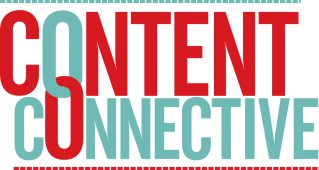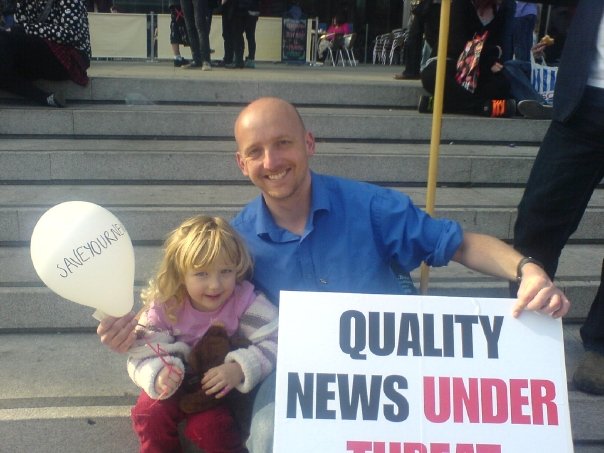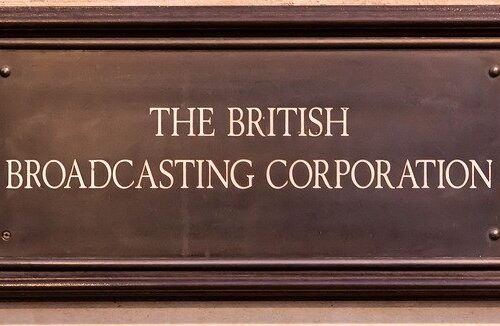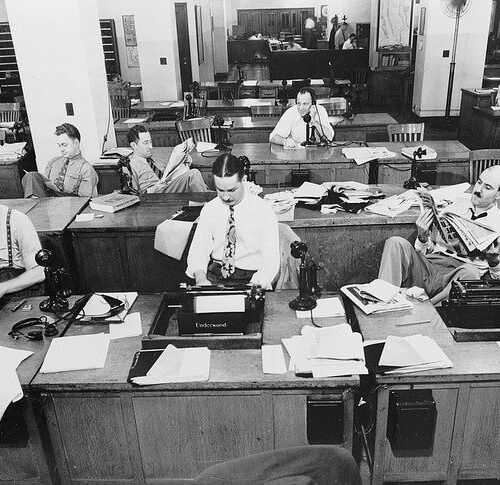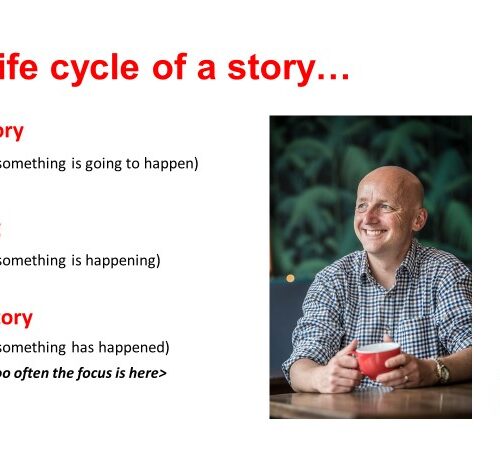The first time I heard the word content and newspapers in the same sentence I wanted to punch somebody.
As a journalist, grouping the words ‘content and newspapers’ together made about as much sense to me as ‘bacon and knickers’ or ‘chalk and eggs’.
I first heard it from the lips of my then group MD who was outlining details of the first corporate restructure and plans to abolish news editors and replace them with content editors.
Content and newspapers? That sounded like corporate BS to me
We were after all journalists, why were we trying to reinvent the wheel? And which highly paid management consultant had come up with the word content to describe the newspaper’s offer in the first place?
In fact, the first time I heard the word content and newspapers in the same sentence, I wanted to punch somebody.
As a group of journalists we felt so strongly about the changes being planned (which were laughably insignificant compared to what’s happening now) that we even held an NUJ demo in the centre of Norwich to ‘defend quality journalism’.
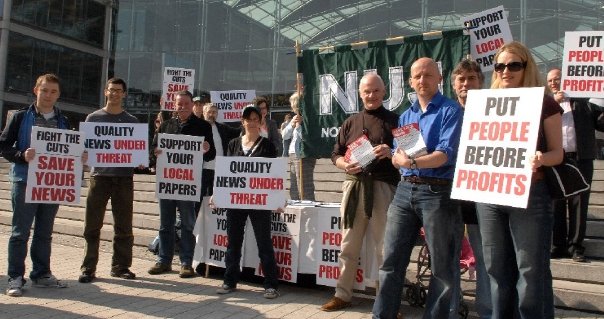
But that was then
In fact, the reorganisation (the first of eight or so I experienced each year after that) was the start of a tsunami in the media industry which I believe may just about sweep away the world of local and regional journalism as we know it.
However, I’m not stupid and came to see the way the world was going. So, it is no co-incidence that I decided to get out and called my business ‘Content Connective’.
That served two purposes – firstly it showed that it’s about content. But, secondly, I was more interested in the connective bit, bringing together people who might be interested in both the subjects I write about, the product being discussed, as well as the idea of working together.
Let me share something with you
I once sat in a senior management meeting to be told how our executives had come up with a mission statement for our business.
It was this:
“The bringing together of motivated buyers and sellers through the creation of compelling content.”
And there was I thinking I’d come into the newspaper industry to break news and expose wrong-doing.
I suppose I could describe my first reaction as akin to hearing the slow hiss of a leaking fart and waiting for the smell to reach me, combined with wonder at how so many could earn so much while apparently having so little talent.
But now I think that as mission statements go, it’s actually quite neat – the problem I suspect was that nobody believed it.
I certainly didn’t see the link between content and newspapers as part of my job as a journalist
And the senior managers were not able to translate that vision into any sort of reality, beyond ‘sell more ads and cut more costs’.
And actually, I think most large media groups are still blind to this reality – (see for example the Cairncross Review and its constant references ‘to public interest journalism’).
Because that’s where most editors see themselves, even though commercially that’s not where the money is (or at least not enough of it), nor is it where most of the content came from.
The truth is that ‘news’ was only a small part of what newspapers were originally about – or as a former photographer colleague once said to me – ‘most people buy the paper not to read you but to find out what’s on telly’ (he could have added, to read their stars, read a review, do the crossword, look for a job, house or car, but thanks anyway).
That continuing disbelief within the industry – and its focus on ‘renting their real estate’ rather than fitting all the houses (ie selling ads to people instead of helping clients become publishers themselves) is what I see will help foster the creation of new content communities living beyond the realms of the traditional media.
These content communities would once have relied on newspapers to tell their stories. But we know how Facebook, Google and Youtube etc have changed all that.
Commercially the model is also broken
Where once you might have placed an advert in, say, a camping magazine because you wanted to sell tents, now you may well publish useful articles on your own website in the hope that people searching for said tent may well find you.
(I picked tents because I like camping – and Vango tents in particular for what it’s worth – but you get my point).
In response traditional media publishers have looked for scale or ‘reach’ and building large audiences – the problem with that is they’ve made their content generic instead of niche, while also cutting editorial staff thereby increasing their reliance on yet more generic and submitted content to fill space.
That’s also too much of a catch-all for most would-be advertisers seeking a targeted audience which they can now find themselves anyway using Google Adwords or Facebook etc.
We are all publishers now
Now the job of publishing is no longer the preserve of the traditional media publishers. For ‘content and newspapers’ you could equally read ‘content and travel agents’ or ‘content and cycling clubs’, ‘content and influencers’.
But publishing is not easy. I say that not in any arrogant way (after all you can publish a blog at the touch of a button), but to point out that it takes a lot of discipline.
Even I struggle with it – particularly maintaining a blog, and the only way I could write an article every day is because we had blank pages WE HAD TO FILL otherwise we went out of business.
That will never be the case for most businesses – and despite the fact we know that ‘Google loves fresh content’ I sense that it is not seen as core to most businesses but as a bolt-on (probably to marketing, when actually it should be sales).
And when the day job gets in the way – then publishing content frequently inevitably falls by the wayside.
Content in a changing world
Yet the world is changing – just go to a job site like INDEED and type in content and you’ll see there are huge numbers of businesses and organisations looking to hire content writers and content managers etc, some of them writing articles (branded content if you like) that would not look out of place in many a newspaper.
Clever media companies could have met their demand by retraining and redeploying some of the editorial staff they laid off as specialist third party content consultants, hiring them out to other businesses. But they didn’t, and are now belatedly trying to catch up as content marketers.
So ironically the coming together of content and newspapers may well have been short-lived as businesses take on the content writing and publishing role themselves.
And that means huge opportunities for writers, storytellers and yes ex-journalists to help these businesses think like publishers.
Not all journalists make good content writers however – though there is a lot of cross over. And there is also a real risk that there is just too much content out there.
But good ones will have an instinctive understanding of the processes and rhythms of the publishing process and to that end, are well worth seeking out.
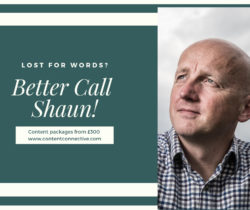
What happens now? You can either continue to other sites, or if you’ve enjoyed this blog, then you could commission me to work with you (you might want to check my prices first)
